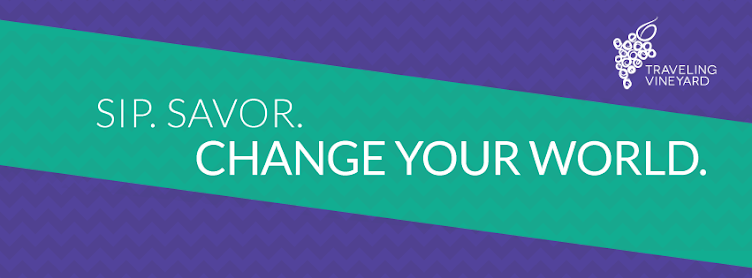Only sparkling wines made in the Champagne region of France can tout the name Champagne. The French wanted to protect the use of the term "Champagne", so when the Treaty of Versailles was signed in 1919 to end WWII, they included limits on the use of the word.
Of course, you may remember that the US never actually ratified the treaty, so we are not officially bound by it. However, out of reverence to true Champagnes, most high-quality sparkling wine producers use the term "sparkling wine."
Sparkling wines can be produced in two ways: the Method Champagnois or the charmat method. The former is the classic way of creating wine through regular fermentation processes, then adding sugar and allowing a second fermentation to take place in the bottle. This process creates a natural carbonation in the bottle. The charmat method, used by more mass-produced, less expensive sparkling wines, ferments the wines in tanks and adds artificial carbonation before bottling.
You can tell as you drink your sparkling, which bubble are natural versus artificial by noting the size of the bubbles. Big bubbles=big trouble! Smaller bubbles are from the method champagnois.
Did you know that Dom Perignon spent the majority of champagne-producing career trying to eliminate the bubbles from his wines? The bubbles in the wine, caused by the second fermentation in the bottle, led to the wine being called "The Devil's Wine," due to the number of bottles that exploded under the pressure caused by the gases. For a time, anyone working in the Champagne cellars had to wear a heavy iron mask to avoid disfiguring injuries when bottle exploded. Before they were able to stabilize the second fermentation in the 18th century, it was common for Champagne producers to lose 20-90% of their wines during a chain reaction of exploding bottles.
Luckily, the process is well under control and many fantastic sparklings are emerging from all over the world, including a sparkling Shiraz out of Australia!
As far as styles go, there are 7 "levels" of sweetness with sparkling wines. Brut is most commonly found in stores around New Year's Even, but Extra Dry and Semi-Seco are the most popular in taste tests (go figure!)
| Rating | Sugar content (grams per litre) |
|---|---|
| Brut Nature (no added sugar) | 0–3 |
| Extra Brut | 0–6 |
| Brut | 0–12 |
| Extra Dry, Extra Sec, Extra seco | 12–17 |
| Dry, Sec, Seco | 17–32 |
| Demi-Sec, Semi-seco | 32–50 |
| Doux, Sweet, Dulce | 50+ |
Visit my Traveling Vineyard site at http://www.travelingvineyard.com/guide/morethanatasting to browse our great selection of holiday offerings, or contact me to book a tasting in your home and try before you buy!

No comments:
Post a Comment